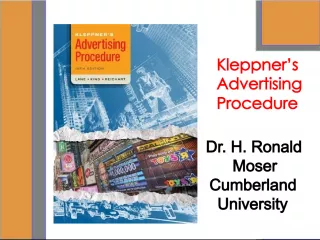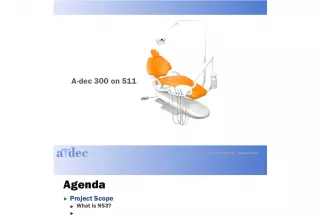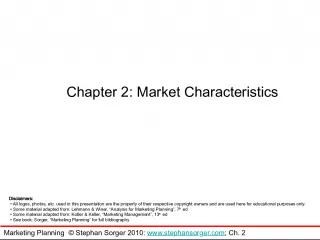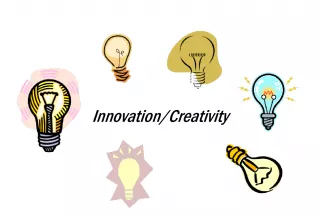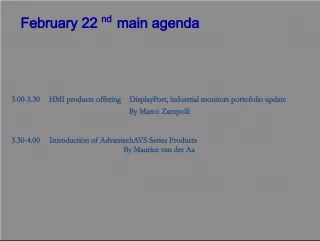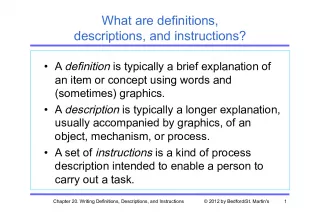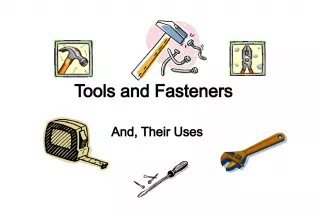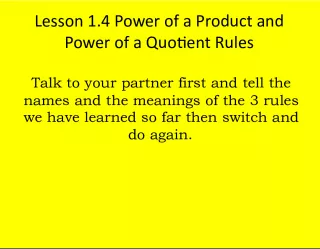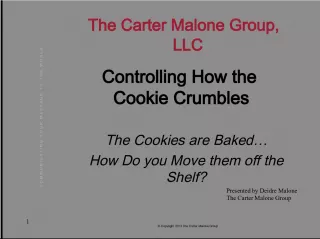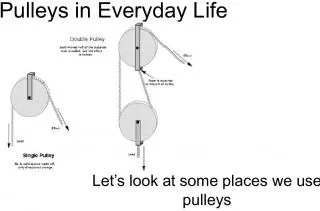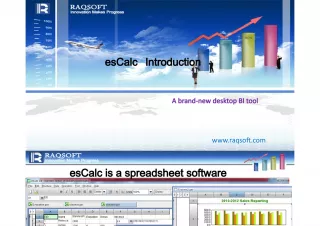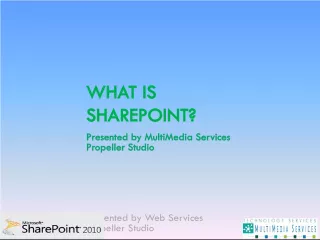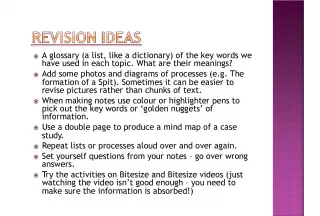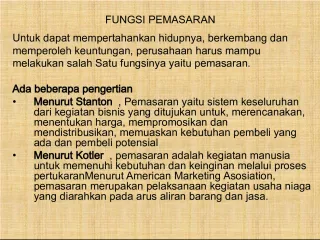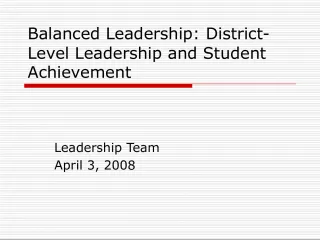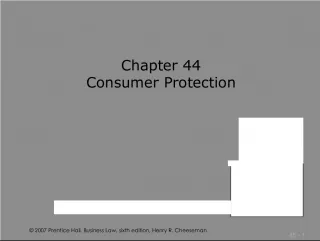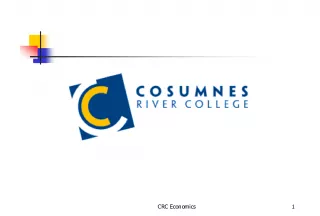Product & Brand Definitions
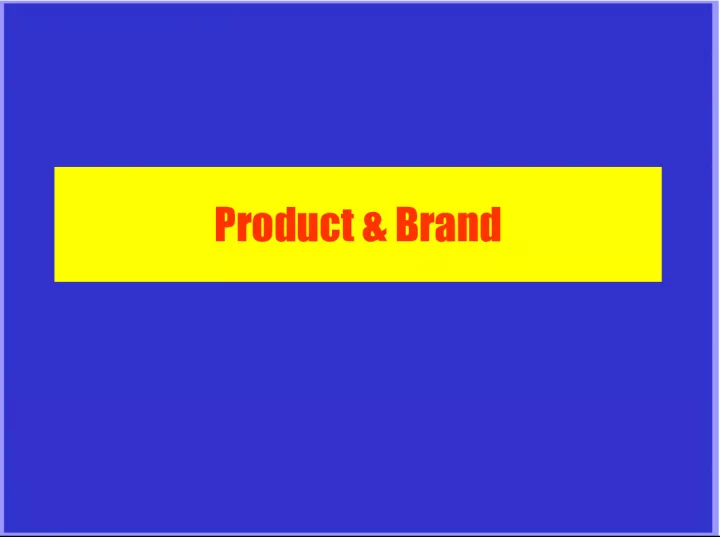

This article provides definitions for products and services, highlighting the key differences between the two. A product is anything that is offered to a market for attention, acquisition, use, or consumption that might satisfy a need
- Uploaded on | 2 Views
-
 pooja
pooja
About Product & Brand Definitions
PowerPoint presentation about 'Product & Brand Definitions'. This presentation describes the topic on This article provides definitions for products and services, highlighting the key differences between the two. A product is anything that is offered to a market for attention, acquisition, use, or consumption that might satisfy a need. The key topics included in this slideshow are . Download this presentation absolutely free.
Presentation Transcript
Slide1Product & Brand
Slide2Definitions• Product – Anything offered to a market for attention, acquisition, use, or consumption that might satisfy a need or want. • Service – A form of product that consists of activities, benefits or satisfactions offered for sale that are essentially intangible and do not result in the ownership of anything.
Slide3What is a Product?• Products, Services, and Experiences – Market offerings may consist of a combination of goods and services – Experiences are used to differentiate offerings • Levels of Product and Services – Core benefit, actual and augmented product • Product and Service Classifications – Consumer products and industrial products
Slide4What is a Product?• Convenience • Shopping • Specialty • Unsought • Frequent purchases bought with minimal buying effort and little comparison shopping • Low price • Widespread distribution • Mass promotion by producer Types of Consumer Products
Slide5What is a Product?• Convenience • Shopping • Specialty • Unsought • Less frequent purchases • More shopping effort for comparisons. • Higher than convenience good pricing • Selective distribution in fewer outlets • Advertising and personal selling Types of Consumer Products
Slide6What is a Product?• Convenience • Shopping • Specialty • Unsought • Strong brand preference and loyalty, requires special purchase effort, little brand comparisons, and low price sensitivity • High price • Exclusive distribution • Carefully targeted promotions Types of Consumer Products
Slide7What is a Product?• Convenience • Shopping • Specialty • Unsought • Little product awareness and knowledge (or if aware, sometimes negative interest) • Pricing varies • Distribution varies • Aggressive advertising and personal selling by producers and resellers Types of Consumer Products
Slide8Product and ServiceClassifications • Consumer products • Industrial products – Materials and parts – Capital items – Supplies and services
Slide9Product and Service Classifications• Organizations, persons, places, and ideas – Organizational marketing makes use of corporate image advertising – Person marketing applies to political candidates, entertainment sports figures, and professionals – Place marketing relates to tourism – Social marketing promotes ideas
Slide10Product and Service Decisions• Individual Product • Product Line • Product Mix • Product attributes – Quality, features, style and design • Branding • Packaging • Labeling • Product support services Key Decisions Key Decisions
Slide11Product and Service Decisions• Product line – A group of products that are closely related because they may: • function in a similar manner • be sold to the same customer groups, • be marketed through the same types of outlets • fall within given price ranges Key Decisions Key Decisions • Individual Product • Product Line • Product Mix
Slide12Product and Service Decisions• Individual Product • Product Line • Product Mix • Product line length – Line stretching: adding products that are higher or lower priced than the existing line – Line filling: adding more items within the present price range Key Decisions Key Decisions
Slide13Product and Service Decisions• Individual Product • Product Line • Product Mix • Product mix – Also known as product assortment – Consists of all the product lines and items that a particular seller offers for sale Key Decisions Key Decisions
Slide14Strategi produk :d ua tingkat kebijakan • Strategi Lini produk. • Strategi Bauran Produk
Slide15Strategi pada tingkatan lini produk• Menambah produk baru di dalam lini. • Cost Reduction . • Product Improvement. • Mengganti Strategi pemasaran produk seperti merubah pasar sasaran dan positioning produk. • Product Elimination . Dilakukan jika strategi cost reduction, product improvement dan strategi pemasaran tidak memungkinkan lagi.
Slide16Strategipada tingkatan Bauran produk • Menambah lini produk. • Mengurangi lini produk. • Merubah prioritas lini produk
Slide171717 Product VS Brand Product VS Brand A product is anything that can be offered to the market for attention , acquisition, use, or consumption that might satisfy a need or want. Thus, a product can be a physical good, service, organization, place or ideas. A product is anything that can be offered to the market for attention , acquisition, use, or consumption that might satisfy a need or want. Thus, a product can be a physical good, service, organization, place or ideas. A brand is a product but adds other dimensions that differentiate it in some way from other products designed to satisfy the same need. A brand is a product but adds other dimensions that differentiate it in some way from other products designed to satisfy the same need.
Slide181818 What is a Brand? What is a Brand? • A brand is a name, term, sign, symbol, or design which is intended to identify the goods or services of one seller or group of sellers and to differentiate them from those of competitors. • A brand is a name, term, sign, symbol, or design which is intended to identify the goods or services of one seller or group of sellers and to differentiate them from those of competitors.
Slide191919 Copyright @ 2006. JeWWave (Thailand) Co.,Ltd. All rights reserved. Best view by IE5.5 or higher, Set screen in 1024 x768 pixels mode. Examples of brands of computer products
Slide202020 Brand Elements Brand Elements • A variety of brand elements can be chosen that inherently enhance brand awareness or facilitate the formation of strong, favorable, and unique brand associations: • A variety of brand elements can be chosen that inherently enhance brand awareness or facilitate the formation of strong, favorable, and unique brand associations: – Brand Name – Brand Name – Logo – Logo – Symbol – Symbol – Character – Character – Packaging – Packaging – Slogan – Slogan
Slide21Brand Mark
Slide22Logo/Name
Slide232323
Slide242424 Why do brand matter? To consumers Why do brand matter? To consumers Identification of sources of product Identification of sources of product Assignment of responsibility to product maker. Assignment of responsibility to product maker. Risk reducer (functional, financial, physical, social, psycological and time) Risk reducer (functional, financial, physical, social, psycological and time) Search cost reducer Search cost reducer Symbolic device Symbolic device Signal of quality Signal of quality Promise or bond with product or maker Promise or bond with product or maker
Slide252525 Why do brand matter? To Manufacturer Why do brand matter? To Manufacturer Means of identification to simplifying handling and tracing. Means of identification to simplifying handling and tracing. Means of legally protecting unique feature. Means of legally protecting unique feature. Signal of quality Signal of quality Means of endowing products with unique associations. Means of endowing products with unique associations. Sources of competitive advantage Sources of competitive advantage Sources of financial returns. Sources of financial returns.
Slide262626 Branding Challenges & Opportunities Branding Challenges & Opportunities • Knowledgeable consumers. • Knowledgeable consumers. • Brand Proliferation • Brand Proliferation • Media Fragmentation • Media Fragmentation • Increased competition • Increased competition • Increased costs of introducing new product or supporting existing product. • Increased costs of introducing new product or supporting existing product. • Greater accountability • Greater accountability
Slide272727 Brand Elements Choice Criteria: General Considerations Brand Elements Choice Criteria: General Considerations Memorable Memorable Easily Recognized Easily Recognized Easily Recalled Easily Recalled Meaningful Meaningful Credible & Suggestive Credible & Suggestive Rich Visual & Verbal Imagery Rich Visual & Verbal Imagery Appealing Appealing Fun & Interesting Fun & Interesting Aesthetics Aesthetics
Slide282828 Brand Elements Choice Criteria: General Considerations (continue) Brand Elements Choice Criteria: General Considerations (continue) Adaptable Adaptable Flexible & Updateable Flexible & Updateable Protectable Protectable Legally Legally Competitively Competitively Transferable Transferable Within & Across Product Categories Within & Across Product Categories Across Geographical Boundaries & Cultures Across Geographical Boundaries & Cultures
Slide292929 Can anything be branded? Can anything be branded? • Physical goods • Physical goods • Services • Services • Retailers • Retailers • On-line product • On-line product • On-line service • On-line service • People • People • Organization • Organization • Sports, Arts, Entertainment • Sports, Arts, Entertainment • Geographic location • Geographic location • Ideas • Ideas
Slide303030 Brand Value Brand Value Examples of brand value 2001 ( Million US$) Examples of brand value 2001 ( Million US$) Coca-cola 69 Coca-cola 69 Microsoft 65 Microsoft 65 IBM 52 IBM 52 GE 42 GE 42 Nokia 35 Nokia 35 Intel 34 Intel 34 Disney 32 Disney 32 McDonald 25 McDonald 25 Sony 15 Sony 15 Honda 14 Honda 14 BMW 13 BMW 13
Slide313131 Keys to enduring Brand Leadership Keys to enduring Brand Leadership Vision of mass market Vision of mass market Managerial persistence Managerial persistence Financial commitment Financial commitment Relentless innovation Relentless innovation Asset Leverage Asset Leverage
Slide32tingkatan arti/makna dari suatumerek produk • Atribut. • Manfaat. • Nilai. • Budaya. • Kepribadian. • Pengguna.
Slide33- Suggest something about product benefit - Suggest product quality - Easy to pronounce ,recognize & remember - Distinctive - Carry appropriate symbolism - Culturally sensitive Source : Kotler, Philip & Team, Marketing Management : An Asia Perspective
Slide34Aspek dalam strategi dan manajemen merek • Brand Equity. • Brand Identification Strategy. • Brand Leveraging Strategy. • Brand System Management .
Slide35Brand EquityS eperangkat aset dan liabilitas merek yang menambah atau mengurangi nilai yang diberikan oleh sebuah barang atau jasa kepada perusahaan atau para pelanggan perusahaan.
Slide36Aset dan dan liabilitas yang menjadidasar ekuitas merek • Brand Loyalty . • Brand Awarennes . • Perceived Quality . • Brand Assosiation . • Asset merek lainnya seperti paten, cap, saluran hubungan dan lainnya.
Slide37BrandBrand Equity Equity Awareness Competitive Advantage Associations Perceived Quality Loyalty For more see: Aaker, David A. (1995), Strategic Market Management , 4th ed., Wiley, NY
Slide383838 The Concept of Customer-Based Brand Equity The Concept of Customer-Based Brand Equity Brand Salience Brand Salience Brand awareness Brand awareness Feeling Feeling Judgment Judgment Brand Imagery Brand Imagery Brand Brand Performance Performance Resonance Resonance Brand Relationship Brand Relationship (What about you and me?) (What about you and me?) Brand response Brand response (What about you?) (What about you?) Brand Meaning Brand Meaning (what are you?) (what are you?) Brand Identity Brand Identity (Who are you?) (Who are you?)
Slide39Brand Identification StrategyB agaimana setiap produk yang ada di dalam perusahaan diberi merek. Strategi-strategi ini meliputi : 1. Specific Product Branding . Memberikan nama merek untuk produk tertentu dengan cara yang beragam. 2. Product Line Branding . Memebrikan suatu nama merek untuk satu lini produk yang berkaitan. 3. Corporate Branding . Menggunakan nama perusahaan sebagai nama merek untuk produk yang dijual. 4. Combination Branding . Mengkombinasikan strategi di a tas. 5. Private Branding . Strategi pengecer untuk menjual produk yang diperoleh dari pemasok dengan nama merek sendiri.
Slide40Brand Leveraging StrategyM enggunakan nama merek yang sudah ada sekarang untuk memperkenalkan produk lainnya di dalam perusahaan. Strategi ini dapat dilakukan dalam bentuk : 1. Line Extension . Menggunakan merek lini produk untuk produk produk baru yang yang ada di dalam lini. Seperti BMW memilki BMW300, BMW500 dan BMW700. 2. Stretching the Brand Vertically . Strategi ini dimaksudkan untuk memberikan nama merek untuk produk sejenis yang dibuat secara bertingkat dalam hal kualitas/harga. 3. Brand Extension . Menggunakan nama merek produk perusahaan yang ada sekrang untuk produk baru di lini yang berbeda atau untuk lini produk baru. 4. Cobranding . Strategi yang menggunakan dua nama merek untuk mempromosi suatu produk. 5. Licensing . Menggunakan nama merek melalui lisensi
